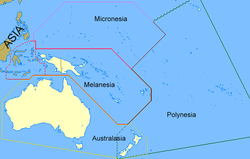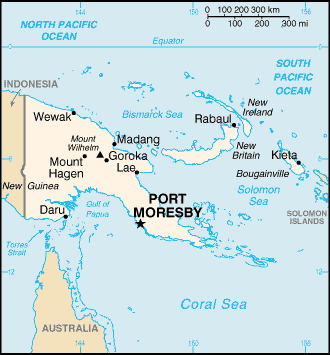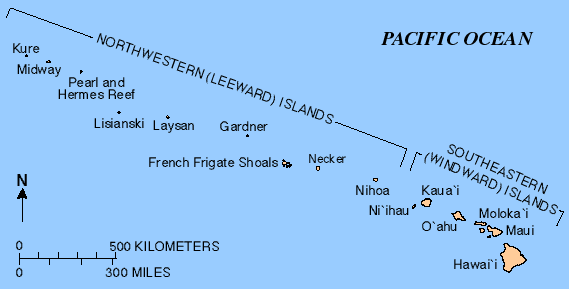
CATEGORIES:
BiologyChemistryConstructionCultureEcologyEconomyElectronicsFinanceGeographyHistoryInformaticsLawMathematicsMechanicsMedicineOtherPedagogyPhilosophyPhysicsPolicyPsychologySociologySportTourism
AUSTRALASIA AND OCEANIA
| This vast island region is spread over a huge area of the Pacific Ocean to the south of Southeast Asia. Australasia is made up of Australia, New Zealand, Papua New Guinea, and several nearby islands. Australia is the only country that is also a continent in its own right, the smallest of the seven. | 
| |||||||||
| Australasia is often linked with three groups of Pacific islands – Melanesia, Micronesia, and Polynesia – which form an even wider region, called Oceania. The climate and geography of Australasia and Oceania are as diverse as the region itself, ranging from the rain forests of northern Australia and the glaciers of southern New Zealand, to the coral atolls and volcanoes that form many of the Pacific islands. | ||||||||||
| PAPUA NEW GUINEA Papua New Guinea is the eastern end of the island of New Guinea. The western end is called Papua (Irian Jaya), part of Indonesia. Papua New Guinea is a country of high mountains and thick forests. | 
| |||||||||

| The highest peak, Mount Wilhelm, reaches 14,107 ft (4,300 m) and is often snow-capped, despite lying close to the Equator. Lower down, the climate is hot and humid, ideal for the growth of the rich, tropical rain forests that cover two-thirds of the island. | |||||||||
| THE AUSTRALIAN OUTBACK Australia has four major deserts – the Simpson, Gibson, Great Sandy, and Great Victoria. Together they cover most of the heart of the continent in a vast, barren area known as the outback. Very few people live in the outback, although the dry conditions are good for raising sheep and cattle. | 
| |||||||||

| ||||||||||

| 
| The frilled lizard lives in the deserts of the outback. | ||||||||
| HAWAIIAN ISLAND CHAIN Some Pacific islands are steep-sided volcanoes, rising out of the sea. The Hawaiian Islands are a chain of 132 islands that were formed by “hot spot” volcanoes. Most volcanoes occur along the edges of the plates that make up the Earth’s crust. But hot spot volcanoes are found over isolated plumes of magma (red-hot liquid rock) rising up through the seafloor. As the plates of crust move across a hot spot, a new volcano is born. At present, the hot spot lies under the island of Hawaii itself. | 
| |||||||||

| ||||||||||

| 
| GEYSERS New Zealand’s North Island is part of the Pacific “Ring of Fire” and has hundreds of active volcanoes which are erupting all the time. The hot, volcanic rocks heat underground water, which bubbles up through cracks to form boiling hot springs. Sometimes the water gets so hot it turns to steam. This forces the water above it upward, until it bursts into the air in a tall, spectacular spout, called a geyser. | ||||||||

| ||||||||||
| Pohutu Geyser at Rotorua erupts three or four times a day, reaching a height of about 98 ft (30 m). | ||||||||||
| THE GREAT BARRIER REEF The world’s largest coral reef lies off the northeastern coast of Australia. The Great Barrier Reef is a chain of more than 2,500 smaller reefs. Most of the reef was formed in the last 2 million years, but parts are 25 million years old. There are now fears that human activities, such as tourism and mining, are damaging the fragile balance of the reef and its wildlife. | 
| 
| ||||||||
Date: 2015-04-20; view: 1771
| <== previous page | | | next page ==> |
| CENTRAL AND SOUTH AMERICA | | | THE ARCTIC |